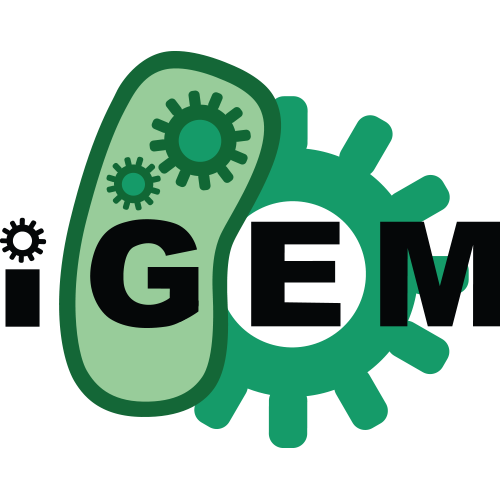Source:
Generated By: https://synbiohub.org/public/igem/igem2sbol/1
Created by: Pedro Luis Dorado Morales
Date created: 2012-09-06 11:00:00
Date modified: 2015-05-08 01:13:13
pGroE + Gene encoding AsRed2
| Types | DnaRegion |
| Roles | engineered_region Reporter |
| Sequences | BBa_K763001_sequence (Version 1) |
Description
When the bacteria suffer heat shock the protein gets expressed. Why?Heat-shock response is mediated by the Sigma 32 factor. This alternative sigma factor lets the RNA polymerase binds to some consensus promoter sequence.
groE has this sequence in the promoter. That is because this gene encodes a chaperon protein, GroE. Chaperone proteins are a group of proteins present in all cells, many of them are heat shock proteins, whose function is to assist the folding of other proteins in the newly formed protein synthesis.
In the case of GroE, it processes a nonnative polypeptide in a cycle consisting of three steps. First, the polypeptide substrate is captured by GroEL. Upon binding of the co-chaperone GroES and ATP, the substrate is then discharged into a unique microenvironment inside of the chaperone, which promotes proper folding. After hydrolysis of ATP, the polypeptide is released into solution. Moreover, GroE may actively increase the folding efficiency, e.g. by unfolding of misfolded protein molecules. This chaperon has an important role in heat shock proccess too, helping other proteins not to denature.
